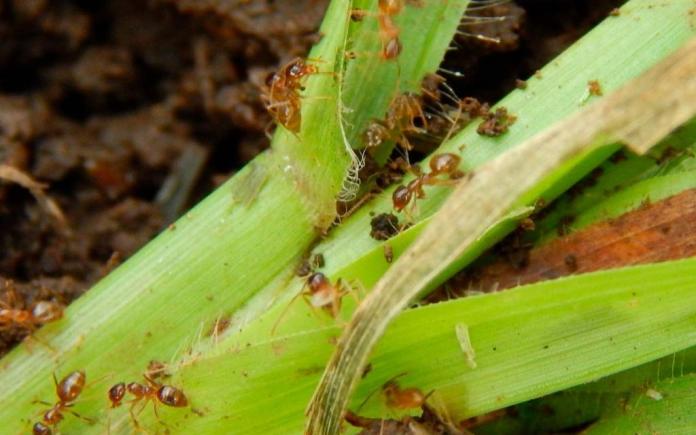QCOSTARICA – The presence of the invasive species known as the “hormiga loca” (crazy ant) is moving to different regions of Costa Rica, as highlighted by the State Phytosanitary Service of the Ministry of Agriculture and Livestock.

According to the authorities, this species does not attack plants directly, but it is capable of transporting other organisms such as aphids (aphids), mites, mealybugs and scales, which can affect crops.
Producers and marketers of vegetative and propagative material such as nurseries, pastures for sowing, coffee seedlings, sugar cane seeds and bale production sites for cattle feed, among other products, located in areas with the presence of the pest, they must make sure to control the material before dispatching it, as well as the undercarriage of the trucks that come to pick up the products, to avoid transferring the pest to other regions of the country.
Being such an invasive species, it can displace other ant species and quickly colonize a territory. It has the ability to produce multiple queens so colonies can multiply exponentially.
Regarding control in the field, authorities recommend the application of baits, always following the instructions of the MAG technicians. The National Institute for Innovation and Transfer of Agricultural Technology (INTA), of the MAG, is evaluating different active ingredients for formulation in baits.
On the other hand, the SFE coordinates with the National Animal Health Service (SENASA), since this invasive ant can also affect species such as birds and cattle, which attract them through body secretions and can cause blindness or death.
The crazy ant can also attack wild species such as iguanas, garrobos, birds, armadillos, among others, affecting biodiversity, and can even colonize and settle in houses and other infrastructure.


